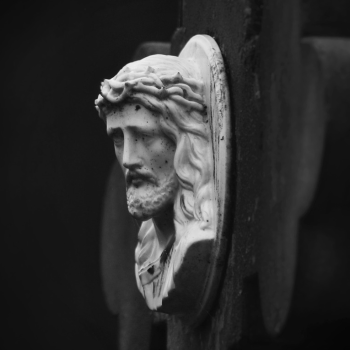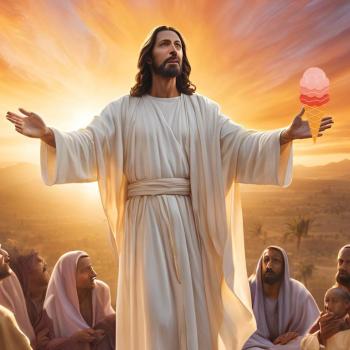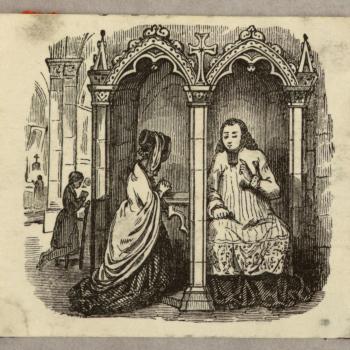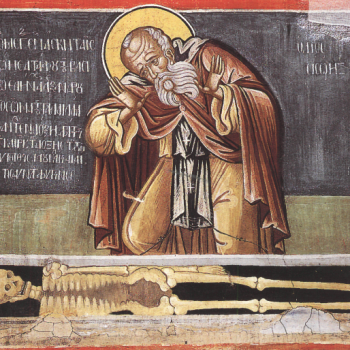
Scripture:
"I am the good shepherd, and know my sheep, and am known of mine. As the Father knoweth me, even so know I the Father: and I lay down my life for the sheep. And other sheep I have, which are not of this fold: them also I must bring, and they shall hear my voice; and there shall be one fold, and one shepherd." - John 10:14-16 (KJV)
Analysis:
John 10:14-16 is a profound declaration by Jesus about His role as the Good Shepherd and the intimate relationship He shares with His followers. This passage delves deep into the nature of Christ's relationship with humanity, His sacrificial love, and the universality of His message.
Doctrinal and Academic Perspectives:
Christian Theological Perspective:
From a Christian theological standpoint, this passage underscores the Trinitarian relationship. The relationship between the Father and the Son foreshadows the relationship Jesus wishes to have with His “sheep” or followers. As the Father knows Jesus and Jesus knows the Father–it is Jesus’ will that we come to know Christ–for He already knows us. The sacrificial aspect of Jesus laying down His life is central to Christian soteriology, emphasizing the redemptive nature of Christ's sacrifice; and the means by which all may become part of His “fold.”
Read more about Christ's grace on Patheos.
Jewish Perspective:
While Jews do not recognize Jesus as the Messiah, nor do they accept the New Testament as canonical, the imagery of a shepherd is deeply rooted in the Hebrew Bible. Figures like King David were described as “shepherds,” and God Himself is often portrayed as the “shepherd of Israel.” The concept of one flock might be seen in light of the prophetic visions of a united Israel, and modern rabbis are generally tasked with watching over and even “gathering” Jews into the “fold” of God. For some Jews, like Zionists, the notion of “gathering” into one fold is central to their support not only of the State of Israel, but also to their desire to rebuild the Jewish temple and their desire for all Jews to live in the “Holy Land.”
Catholic Doctrinal Perspective:
The Roman Catholic Church sees this passage as affirming the universality of the Church. The "other sheep" are often interpreted as the Gentiles or those outside the initial Jewish community of believers. The idea of "one flock and one shepherd" reinforces the Catholic belief in the universal Church under the Pope's leadership. In Vatican II (1962-1965), the Church often spoke of the “separated brethren” who were outside of the Church. The Pope, as Christ’s vicar upon the earth, has the responsibility to guide the sheep into Christ’s “fold” (or the Church)--though he uses many “undershepherds” to do so.
LDS Theological Perspective:
For Latter-day Saints, the "other sheep" is a significant concept. They believe that Jesus (after His resurrection) visited other groups, like those dwelling in the Americas (during the first century), as recorded in the Book of Mormon. This visitation is seen as a fulfillment of the promise to gather "other sheep" into one fold. And, as a denomination of Christianity that believes in the importance of the world “healing” its religious divides, The Church of Jesus Christ of Latter-day Saints seeks to bring all “unto Christ” through their extensive missionary program–believing Jesus to be the answer to the world’s questions and all of the world’s ills.
Islamic Theology:
Islamic scholars, when studying this passage, might draw parallels with the concept of "People of the Book." While Islam recognizes Jesus as a prophet, though not as the Son of God (or as a member of a Godhead or Trinity)(, the idea of a universal message or guidance resonates with Islamic teachings about God's revelations to different communities. Additionally, the Islamic practices of praying at the same time each day, facing Mecca when they pray, and gathering to Mecca during the Hajj, all emphasize the “one fold” concept found in the Gospel of John.
10/24/2023 9:03:32 PM











